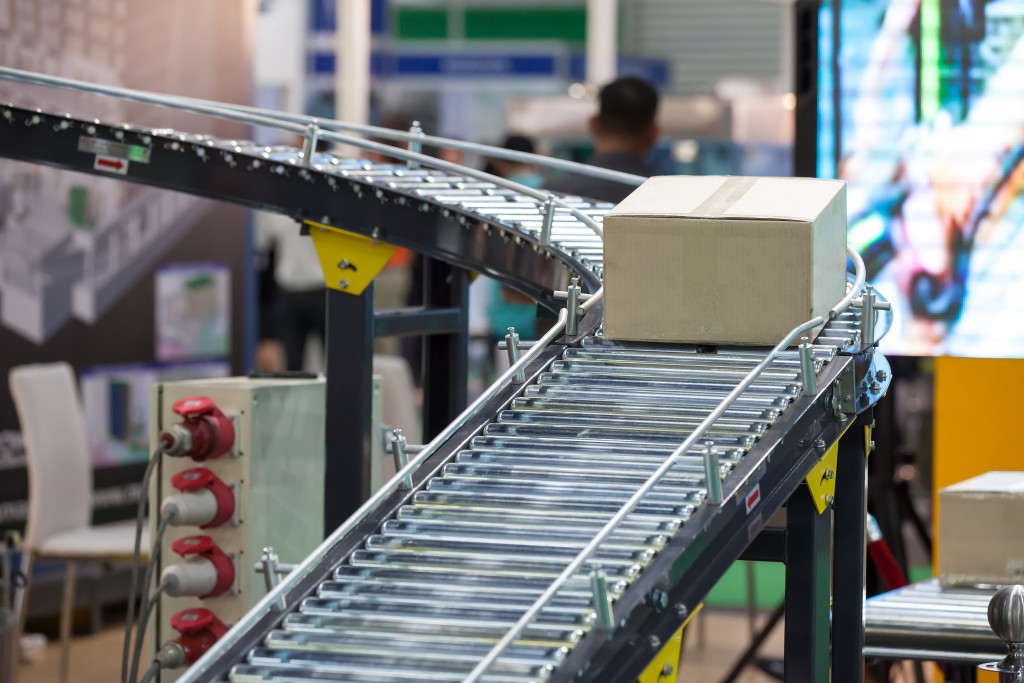Business trends oftentimes follow changes in society. Before the steam engine, print machines, and other examples of industrialization, companies focused on trading goods and services, namely for agricultural purposes. When development came along in the United Kingdom, the United States, and countries and firms started innovating, this was replaced by the mass manufacturing of all kinds of products.
As we consider this, let us explore three key business trends today.
Environmental Awareness and Sustainability
We live in a world with over eight billion people. This number is far greater than the ideal based on both available resources and current production capabilities. In addition, our planet is getting hotter with each passing year, and in the past decade, more species of flora and fauna have either joined the ranks of the endangered or have already gone extinct. To say we are experiencing a precarious environmental situation is one of the biggest understatements in history.
But it is not all doom and gloom, and there is a reason for optimism. Local and national governments are working hand in hand with enterprises in the private sector to develop and put in place measures to ensure a halt in the depletion of our natural resources and a sustainable future for our children, grandchildren, and the generations to come.
And companies are also engaging with each other. For instance, businesses big and small in a wide variety of industries and fields are using roll-off bins provided by reputable firms to handle the proper segregation, collection, and disposal of garbage. Other examples include office buildings with rooftop gardens, low-consumption HVAC systems, and eco-friendly production materials.
Variety in Employment Schemes
Based on US labor law, the number of hours a full-time employee needs to work every week can be determined by the company. While in most cases, this represents 40 hours from Monday to Friday, in other instances, staff members work for a few more or fewer hours. Still, they are entitled to a long list of common benefits such as vacation time, additional paid time off, health insurance, and retirement plans. Along with these, there are other considerations to make, including whether an individual is exempt or nonexempt and specific overtime conditions.
The vast majority of enterprises hire full-time employees. Among other reasons, they represent a stable workforce to the organization as well as savings in worker training and development.
But that doesn’t mean there aren’t other options to consider, and firms should stick to conventional hiring practices. Besides full-time workers, companies can hire part-time employees, temporary staff, freelancers, and people working on a per-project basis. The biggest benefit of engaging in these practices is that companies don’t have to maintain an extensive payroll in slow-moving operations but can rather hire based on special circumstances and needs. An example is enterprises recruiting temporary accounting staff at busy moments during the year.

Technology, AI, and Automation
People in many countries around the world have been talking about artificial intelligence or AI for decades. From American writer Isaac Asimov’s popular iRobot series of the mid-forties and fifties to the Terminator movies of the nineties and even last year, human beings have always been fascinated with the possibility of thinking machines, machines that are capable of behaving like their living counterparts and can make decisions without error.
Luckily, we live in a time when most things are possible, and our level of progress is only limited by our imagination. While this is true in all areas of society, it is arguably most seen in business. Whether your company is big or small, you need to do things better, faster, and more efficiently if you want to succeed in a hyper-competitive corporate environment. As such, technology currently plays a role much greater than any of us could have imagined.
As far as automation is concerned, today, firms can provide preventive and corrective maintenance to machines in factories thousands of miles away, and processes are conducted at more than twice the speed of a few years ago using streamlining mechanisms, data processing software, and computer analytics, all at a reasonable price. Because of this, the size of your company or its financial resources is no longer an excuse not to compete with larger, more established corporations.
As we have, there are three clear business trends currently at the forefront. They are environmental awareness and corporate sustainability, a wide variety of hiring practices and employment schemes, and the proliferation of AI and automation technology in all areas of trade.
As technology continues to develop, the world gains a better understanding of the importance of environmental protection. There is more flexibility in employment. They will continue to influence business decisions for the years to come.




